September has arrived and while it's feeling like summer again this holiday weekend, this is the month when average temperatures begin to decrease.
The gradual decrease in average temperatures in September is why September 1 is the start of meteorological fall. This is based on the annual temperature cycle.
Below is a look at the monthly averages for some SoCal cities. In general, the hottest temperatures of the year occur in August.
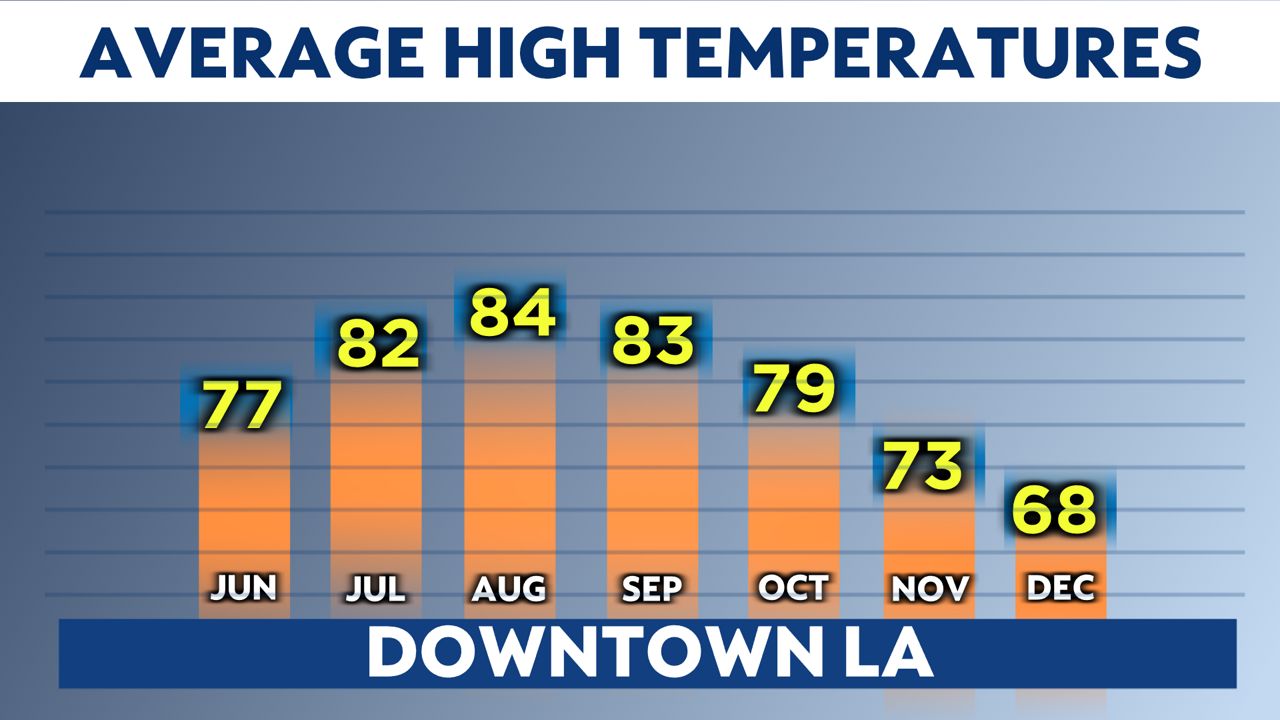
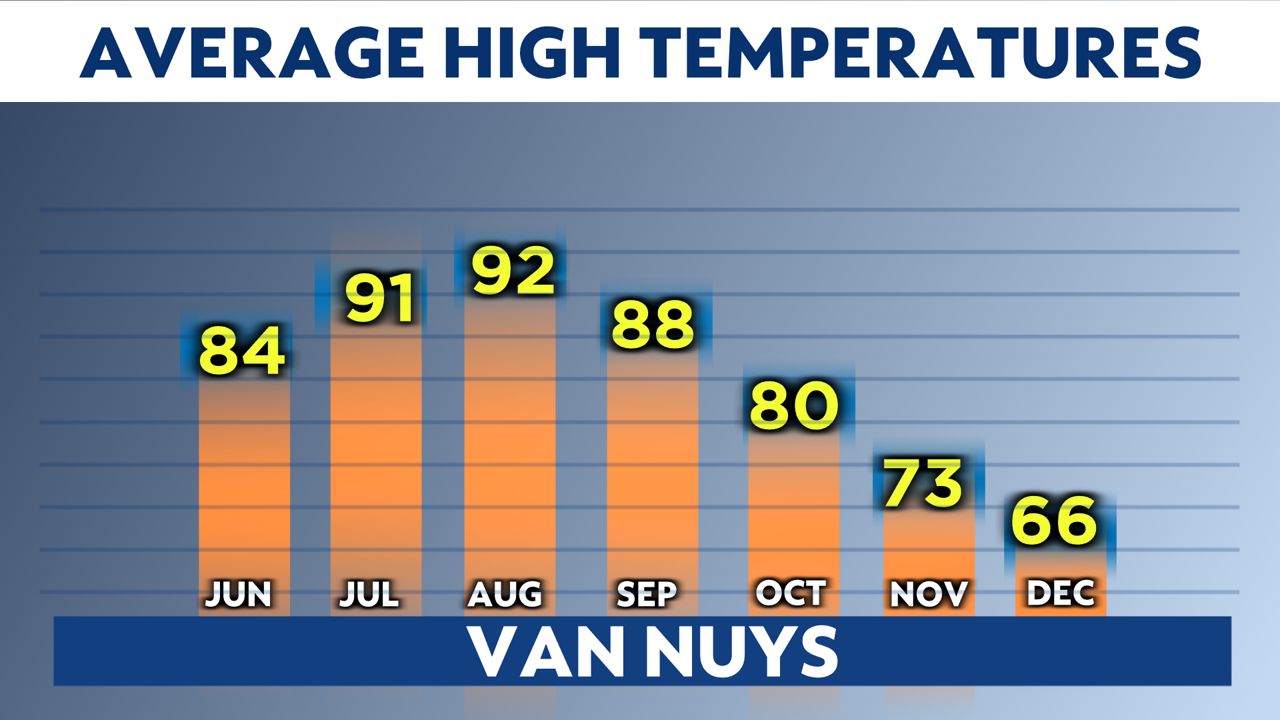
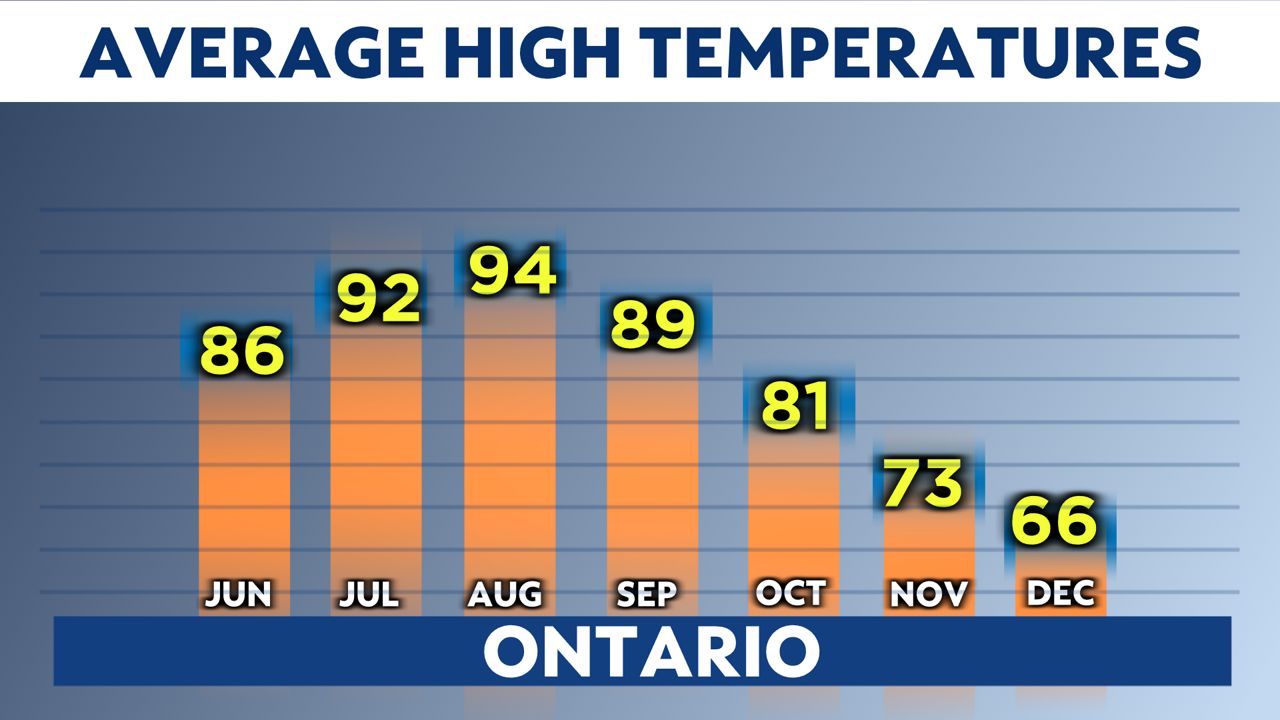
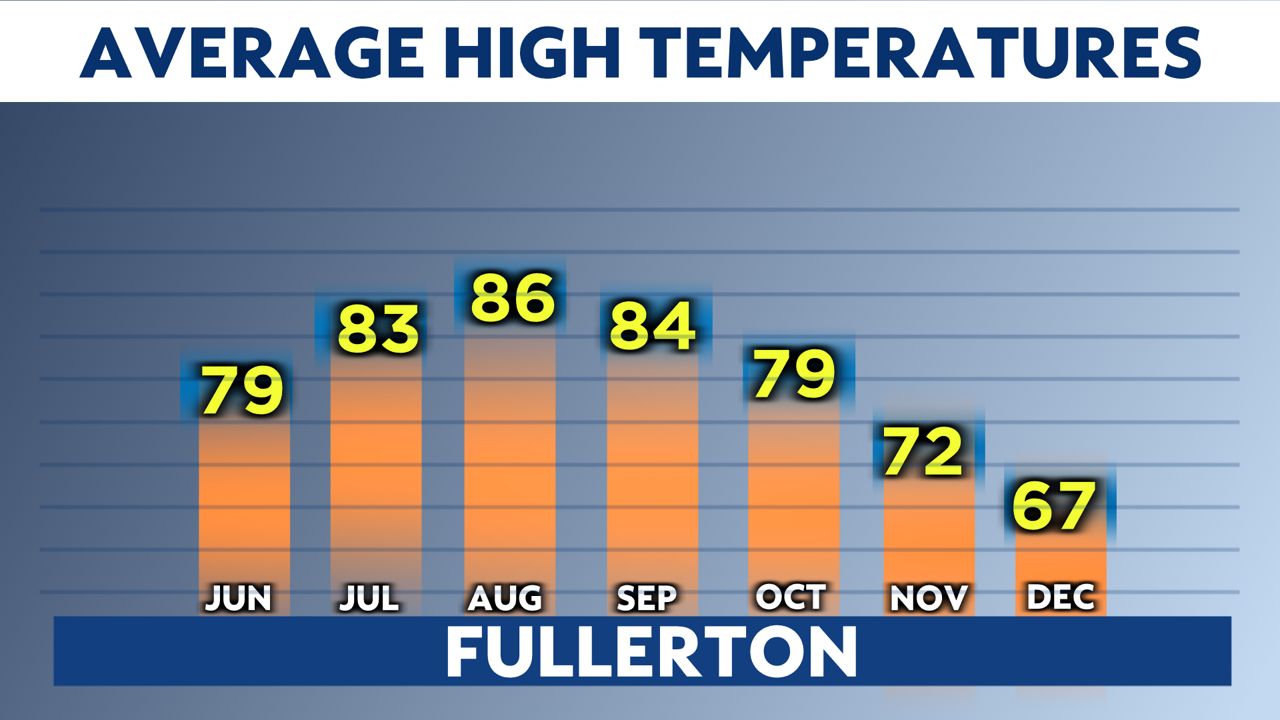
As we've experienced in past years, hot weather is still possible as we transition into fall.
There's a good chance that'll happen this season according to the Climate Prediction Center's outlook for September, October and November. The outlook shows a good chance for above average temperatures.
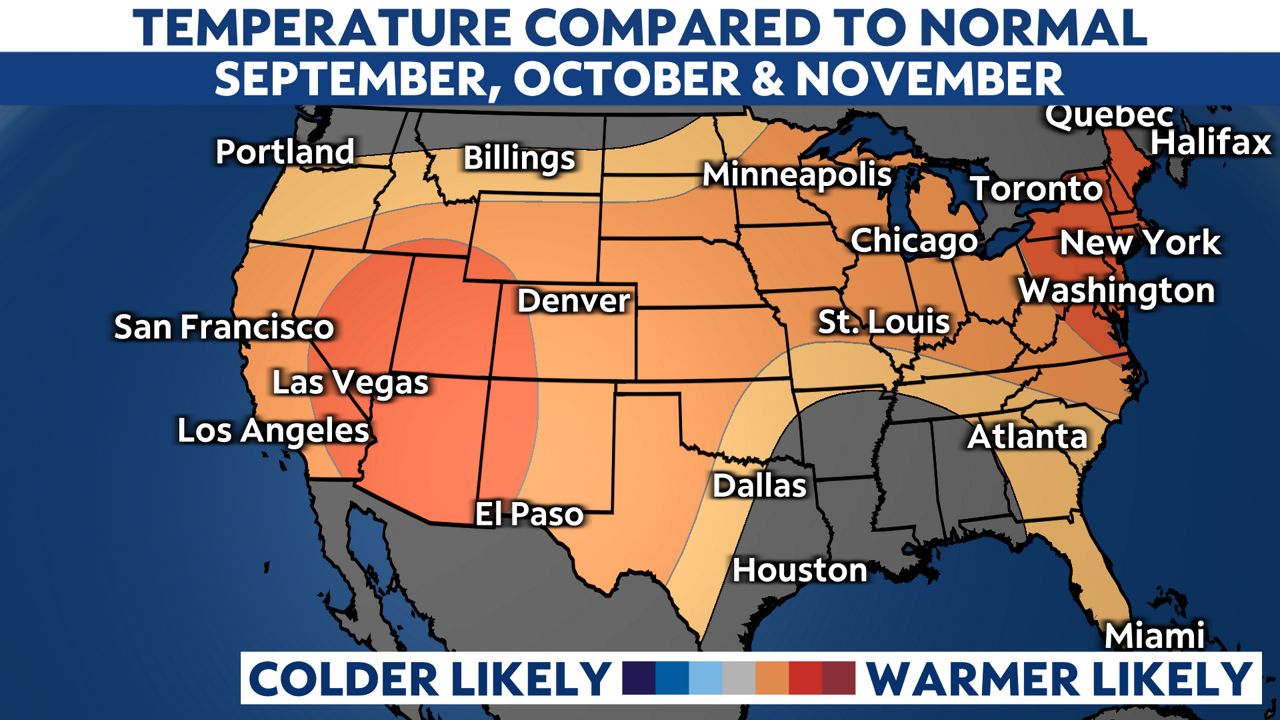
Typically, as temperatures cool down, our chance for precipitation increases.
But, the three month outlook calls for drier than average conditions through November for inland SoCal and normal conditions for cities closer to the coast. This basically means there's an equal chance of above or below average rainfall.
This is one forecast we hope doesn't pan out because the sooner we get consistent rain from winter storms, the better chance of keeping the fire danger at bay when Santa Ana winds kick up.



